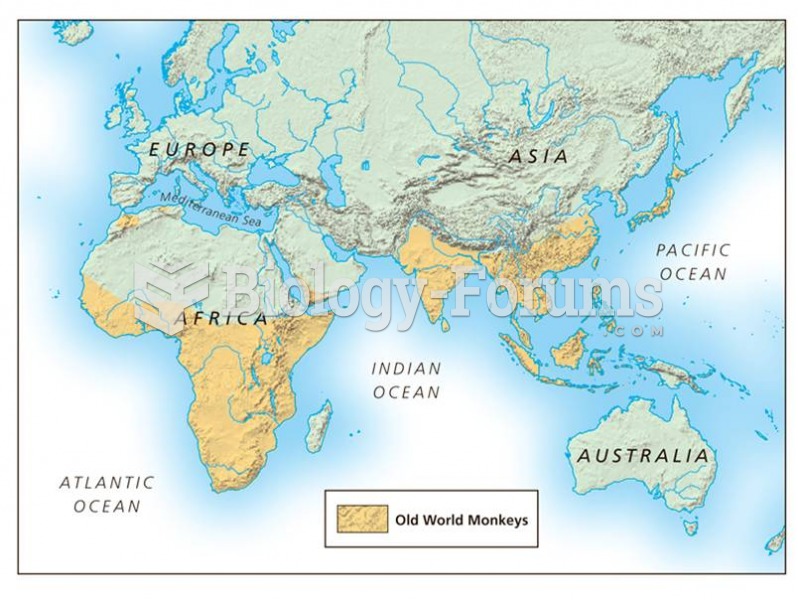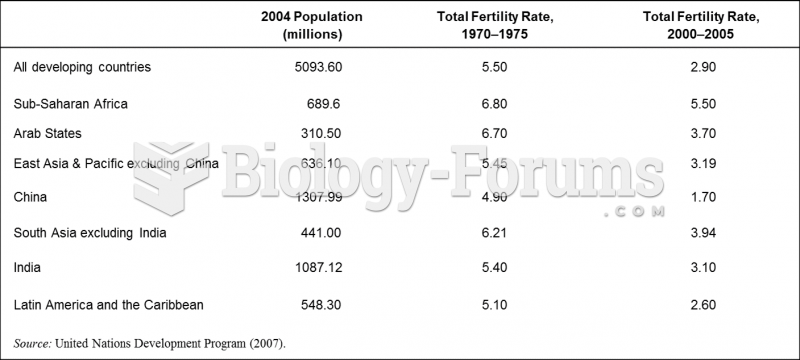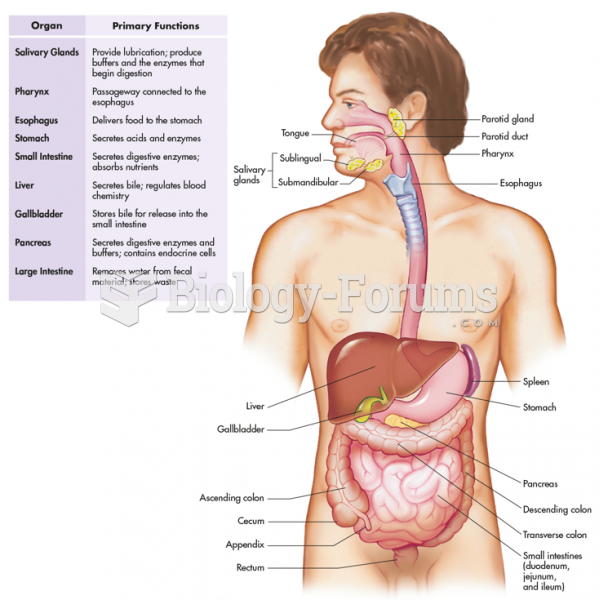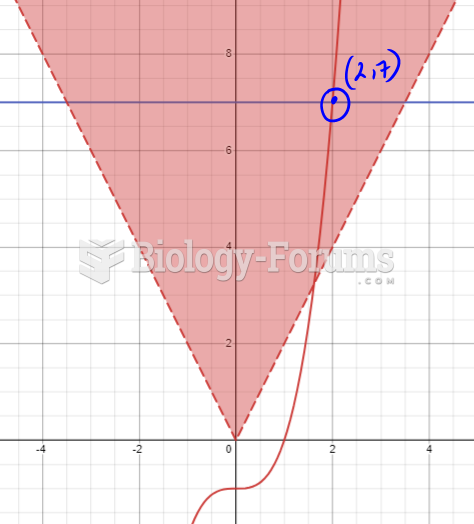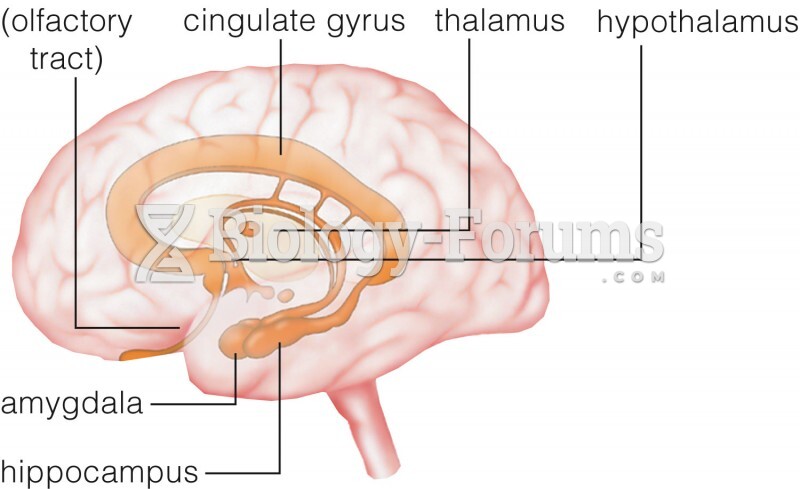Question 1
Beyond St. Augustine, the second major institution of Spanish presence in Florida was
A) a series of smaller military installations along the Florida east coast.
B) a colonial settlement near present-day Miami.
C) a sprawling chain of Catholic missions.
D) a town made up of plantation-like farms in southwest Florida.
E) None of these are correct.
Question 2
Although Marco Polo's account of his travels may not be authentic, what do they offer scholars?
A) reporting on how racism prevailed in Japan
B) perspectives on child labor in Thailand
C) insights into how slavery worked in India
D) information as to how Europeans perceived Eastern cultures
E) ideas as to how science worked in eastern Asia
Question 3
The adelantamiento was
A) a royal concession of economic and political privilege given to a wealthy man who planned to undertake the conquest of a territory at his own expense.
B) the pledge that Native Americans made when they promised to convert to Christianity.
C) the funding given to Catholic missionaries to enable them to convert Indians.
D) a payment of tribute given by native groups to the Spanish governor of a region.
E) a parcel of land given to Spanish colonists.
Question 4
In Interactions between Leif Ericcson and Native Americans, the Norse word for Native Americans translates as what?
A) noblemen
B) medicine men
C) barbarians
D) sun gods
E) beggars
Question 5
Which of the following is true about colonization in New Mexico?
A) There was less conflict than in New France.
B) The Pueblo Indians did not suffer severe population loss.
C) There was a well-armed military garrison for the defense of the settlers.
D) Most of the early settlers were single men.
E) None of these are correct.
Question 6
What event is typically considered the start of the oceanic world system?
A) Balboa's discovery of the Pacific Ocean
B) The Renaissance
C) The Crusades
D) Columbus's journey to the Americas in 1492
E) The assassination of Franz Ferdinand



